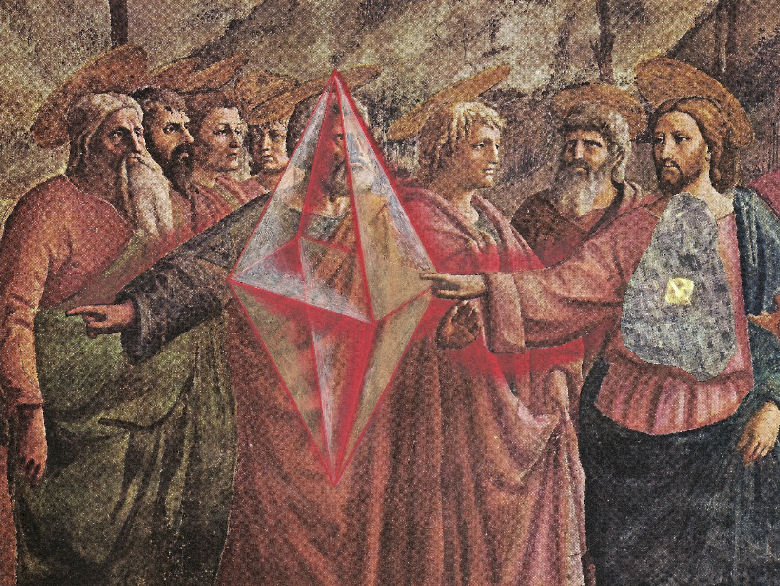327.WHAT IS GEOMETRY?
With the invention of the zero, we would still need some way to tell the value of each figure when writing a number. The invention of the zero made it possible to drop the words or marks used to show place value or values, and to use the position of a figure in a number to show its value.
Any time we deal with the shape, size, and position of objects in space, we are involved in geometry. When prehistoric people did a certain kind of weaving and decoration, they were using geometry without knowing it.
The ancient Egyptians needed geometry for remeasuring pieces of their land which had been washed away by the Nile floods. And since their religion required them to build tombs for their dead, such as the pyramids, they needed geometry for construction purposes. In fact, the word “geometry” comes from the Greek words for “earth” and “measure,” and is probably a translation from an Egyptian word.
At first all geometry was intuitive. This means that-facts were accepted as being true without trying to prove or demonstrate why they are true. But in 600 B.C. a Greek teacher by the name of Thales developed the idea that there must be ways to demonstrate that the facts in geometry were true. In geometry, a truth is called a theorem. Thales discovered the proofs of the theorems which people had accepted without proof until that time. This was the beginning of demonstrative geometry.
Elementary geometry is divided into two parts: plane geometry and solid geometry. In plane geometry, the only things that are considered are objects that exist on a flat surface, or plane. The objects have only two dimensions, length and width.
Solid geometry is the geometry of three dimensions. It deals with objects that have length, breadth, and thickness. Such objects are cones, spheres, cylinders, and so on.
In 280 B.C., a Greek scholar named Euclid lived in Alexandria, Egypt. He wrote the first textbook in geometry. This book, called Elements, was the textbook used by the whole world for nearly 2,000 years whenever they wanted to study geometry!
Today we still call elementary geometry Euclidian, but modern textbooks leave out some of Euclid’s material as not essential. Everywhere you turn in modern life, you see the principles of geometry being applied. It might be in creating designs and decorations, in architecture, in interior decorating, even in landscape gardening. And, of course, many instruments in common use, such as the compass, the sextant, and the transit used by surveyors are directly related to geometry.




Leave a Reply